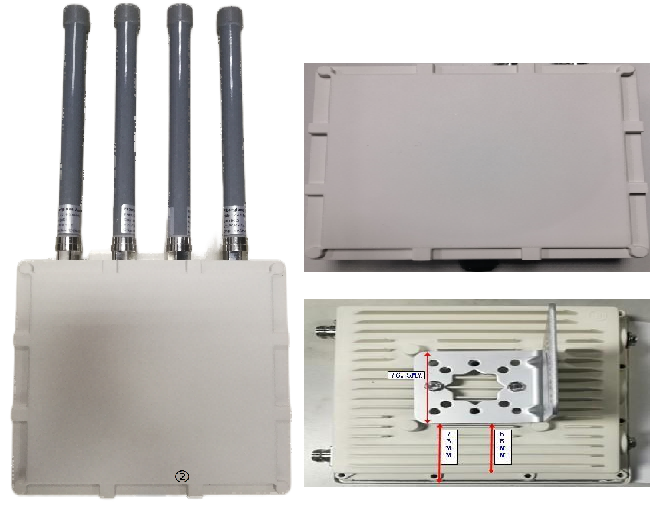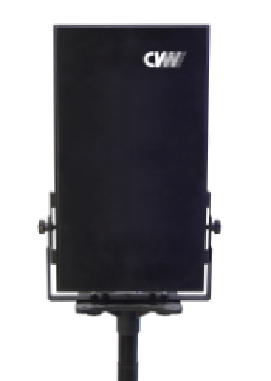Video transmission refers to the process of transmitting video signals from one location to another. It is an important technical means in modern communication, monitoring, entertainment and other fields. The methods of video transmission can be divided into wired and wireless. Wired transmission refers to the transmission of video signals through physical media such as cables and optical fibers, while wireless transmission refers to the transmission of video signals through wireless channels such as radio waves, microwaves, and satellites.
Wireless video transmission system refers to a system that uses wireless signals to transmit video signals from one location to another. It is composed of video capture equipment, video encoding equipment, wireless transmission equipment, wireless reception equipment, video decoding equipment, and video display equipment.
The working principle of wireless video transmission system is as follows:
Video capture equipment: responsible for converting real-time image or sound information into analog or digital video signals, such as cameras, microphones, etc.
Video encoding equipment: responsible for compressing and encoding the collected video signals to reduce data volume and improve transmission efficiency, such as encoders such as H.264 and H.265.
Wireless transmission equipment: responsible for modulating encoded video signals onto wireless carriers and transmitting them through antennas, such as WiFi modules, UWB modules, COFDM modules, etc.
Wireless receiving device: responsible for receiving the transmitted wireless carrier wave, demodulating and amplifying it, and restoring the original video signal, such as WiFi module, UWB module, COFDM module, etc.
Video decoding equipment: responsible for decoding and restoring the received video signal, restoring the original image or sound information, such as H.264, H.265 and other decoders.
Video display device: responsible for displaying decoded video information, such as television, projector, mobile phone, etc.
Compared to wired video transmission systems, wireless video transmission systems have the following advantages:
High flexibility: Without the need for complex wiring and equipment, video transmission can be carried out anytime and anywhere, adapting to various environments and scenarios.
Low cost: saves wiring and equipment costs, reduces maintenance and management costs, and improves resource utilization.
Strong reliability: able to resist various interferences and attacks, ensuring the safety and stability of video signals.
Currently, there are several mainstream wireless video transmission technologies:
WiFi technology: Utilizing the wireless local area network technology defined in the IEEE 802.11 standard for video transmission, it has the characteristics of high maturity, strong compatibility, and low cost. However, it also has disadvantages such as limited bandwidth, large latency, and weak anti-interference ability.
UWB technology: Utilizing ultra wideband technology for video transmission has the characteristics of large bandwidth, small latency, and strong anti-interference ability. However, there are also shortcomings such as immature technology, inconsistent standards, and short distances.
COFDM technology: Utilizing encoding orthogonal frequency division multiplexing technology for video transmission, it has the characteristics of resisting multipath fading, Doppler frequency shift, and adapting to high-speed movement. However, it also has the disadvantages of high complexity, high power consumption, and high cost.
Satellite technology: video transmission using Geosynchronous orbit or low orbit satellites has the characteristics of wide coverage and long transmission distance, but also has the disadvantages of large delay, high cost, weather impact, etc.
The above are some basic concepts and mainstream technologies of wireless video transmission systems, but there are still more details and applications waiting to be explored and discovered. With the continuous progress and innovation of wireless communication technology, wireless video transmission systems will have better performance and broader prospects.

 Multi-camera wireless video transmission
Multi-camera wireless video transmission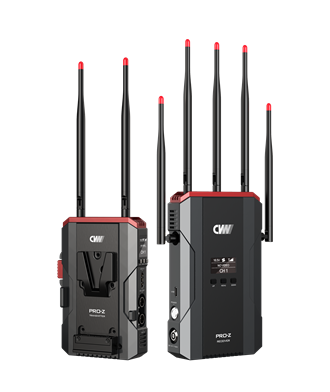 Zero Latency Wireless Video Transmission
Zero Latency Wireless Video Transmission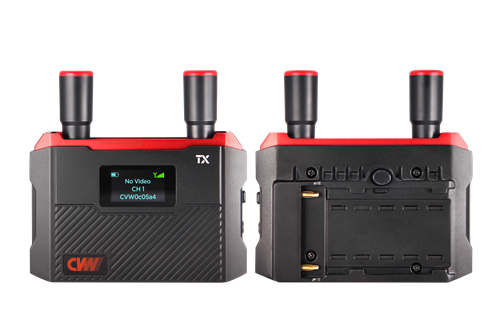
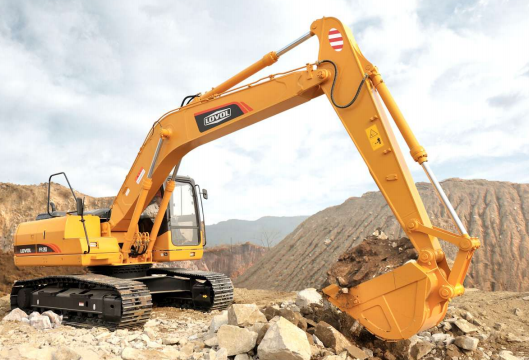 Designed for teleoperating the heavy equipment
Designed for teleoperating the heavy equipment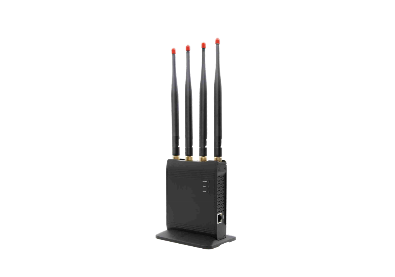 Wireless high-speed data transmission
Wireless high-speed data transmission